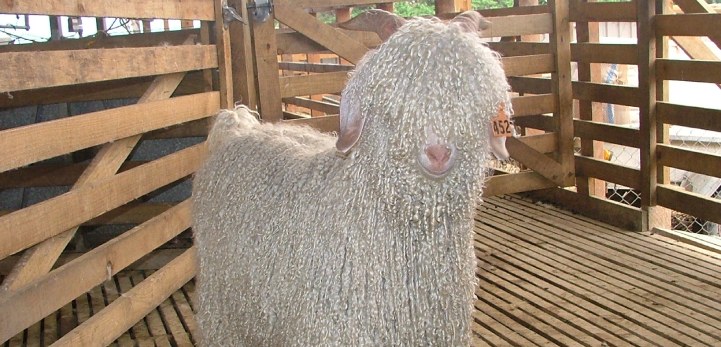Fencing
One of the most important aspects for all farming systems is to ensure that all boundary fences are stock proof. This is particularly important when farming goats, as they have increased abilities for escaping enclosures. Although, with modern genetics, current Angora breeds is a lot easier to contain than the older goat breeds.
Boundary fences for goats are recommended to be 9-wire post and batten, as these allow for reduced spaces for goats to escape, with any existing fences able to be upgraded through some changes. Internal fences should also be stock proof, with wither 7/8 wires or netting, and should include 300cm battens to prevent their heads being caught.
There are many legal requirements for fences and every farm is unique, so it would be best to speak to a local fencing contractor about the best option for your location and property.
Shelter
Shelter is an important aspect of Angora farming, as the goats can be vulnerable to cold wind and rain, especially after shearing or during kidding time. Shade in Summer is equally important, as no animal should be exposed to ultraviolet rays, with exposure possibly leading to the formation of cancer.
Shelter for goats can come in many forms, including:
- Existing sheds
- Portable A-frames
- Old water tanks
- Trees, hedges, or shelter belts
While many established farms will already have adequate shelter, for new breeders or smallholdings, shelter may not be readily available. For cheap and fast shelter, A-frames can be a good option, as these can be made from second-hand materials. Old water tanks are suitable also, with one end cut out and laid on their sides.
If planting shelter belts for your Angoras, please select the species with care. Any tree or hedge which periodically drops messy seeds or saw edged leaves should be avoided, as this can lead to contamination of the fleeces. Another thing to check before you plant is that the proposed specimens have no history of stock poisoning. Fast growing tree or shrub species are recommended, and following planting, you must fence saplings off from your Angoras.
Yards
Like any other type of domestic animal, Angoras require to be yarded from time to time for drenching, foot trimming, drafting, dipping, etc.
Established farms may already have yarding facilities available, but for new or fledgling operations there are alternate forms of yarding at hand. As yard systems can be expensive to construct, other viable options include hiring portable yards which can be very capable, or asking a close neighbour if you would be able to use their yard set-up.



